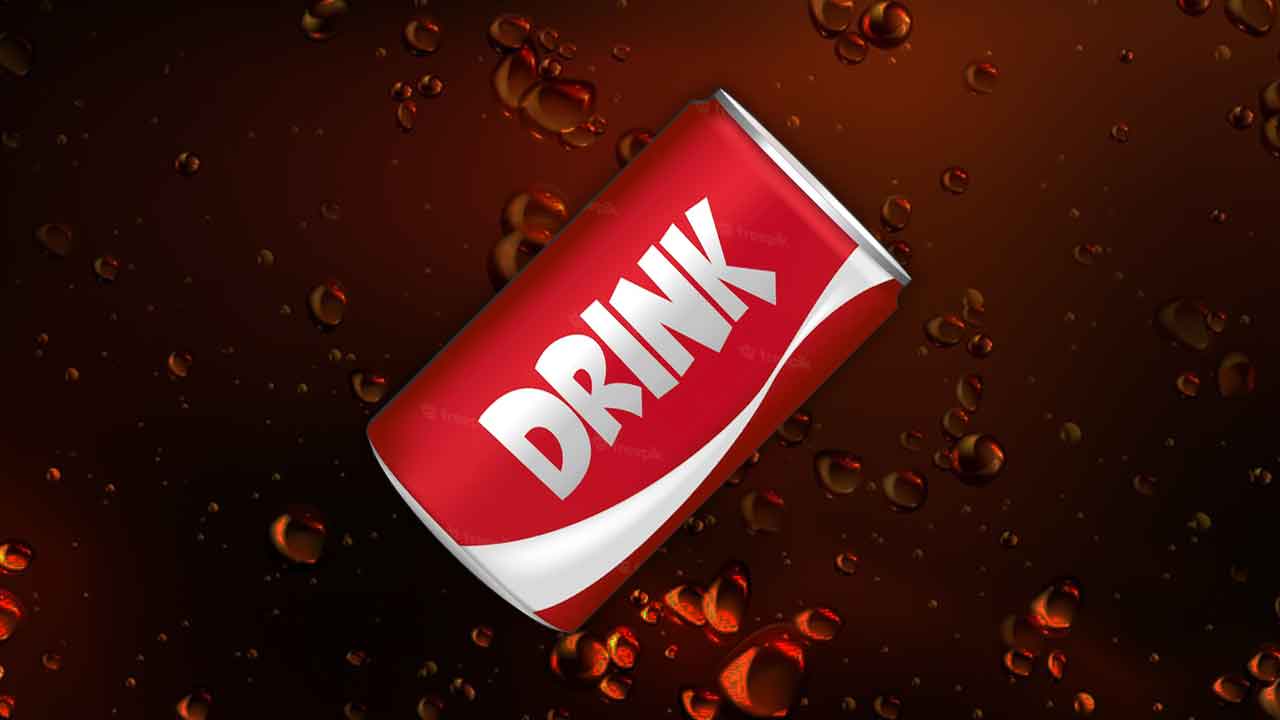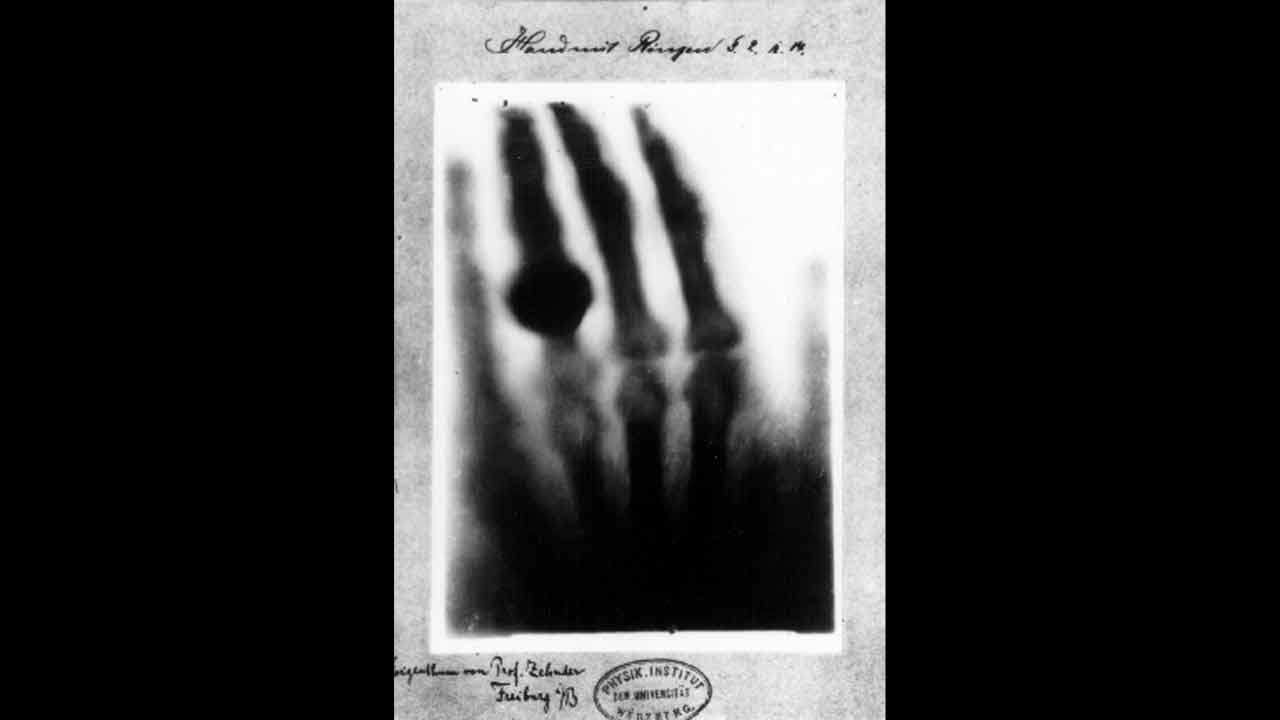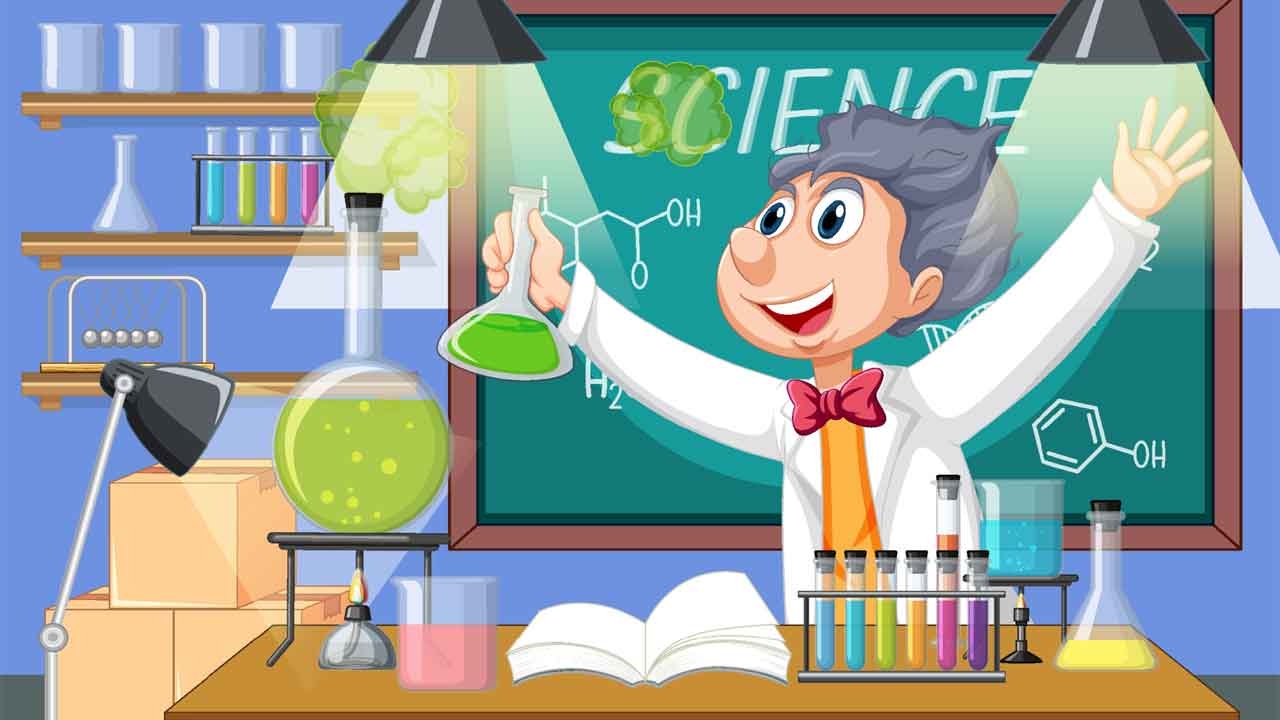When you think of an inventor, do you envision a brilliant mind like that of Albert Einstein or individuals who tirelessly devote their time and energy to experimentation, akin to the Wright brothers? While these associations are valid, they do not always reflect the reality.
Throughout history, we've witnessed that remarkable inventions don't always originate from renowned inventors. Some of the most influential innovations have emerged purely by chance. Occasionally, it only requires keen observation, being in the right place at the right time, or simply a stroke of luck and fortune.
In this article, we will explore a selection of globally successful accidental discoveries that underscore the unpredictable nature of innovation.
Key Points:
1. Coca Cola

Who isn't familiar with this iconic soft drink? Coca Cola, discovered in the late 19th century by a pharmacist named Dr. John Stith Pemberton, originally emerged as a substitute beverage aimed at combating addiction to morphine and other drugs. Regrettably, the therapeutic potential of this concoction, composed of alcohol, cocaine, and caffeine, fell short of expectations. Pemberton eventually sold the recipe and ownership of Coca Cola to Asa Griggs Candler, a shrewd businessman, politician, and the founder of the colossal Coca-Cola Company. Under Candler's guidance, Coca Cola's popularity soared, swiftly establishing its dominance in the global soft drink market for over a century.
The name "Coca Cola" itself derives from the two primary ingredients in the initial recipe: coca leaves and kola nuts. Since its inception as a commercial beverage, the Coca Cola formula has undergone several modifications, including the removal of alcohol due to alcohol restrictions and the complete elimination of cocaine from the recipe since 1929. The recipe for Coca Cola remains securely housed in the World of Coca-Cola museum, with its secret still safeguarded from the public.
2. Microwave Ovens

The microwave oven, a marvel of modern convenience, was serendipitously discovered by an American engineer named Percy LeBaron Spencer. While working with a magnetron, a high-powered vacuum tube generating short radio waves called microwaves, Spencer observed that the candy in his pocket would melt whenever he came near it. After conducting multiple experiments, Spencer determined that the microwaves emitted by the magnetron were responsible for this phenomenon.
Recognizing the potential of this accidental revelation, Spencer designed a box-shaped cooking device made of metal and filed a patent in 1945. The first microwave oven was introduced to the market in 1946 under the name "Radarange," owing to the magnetron's origins in radar technology developed during World War II.
3. Popsicle

Popsicles are perhaps the simplest accidental invention on this list. One day, an 11-year-old boy from Oakland, USA, mixed soda powder with water. Coincidentally, he left the concoction overnight on the back porch, with the wooden stirring stick still immersed. That night, the temperature dropped below freezing, and the next day, the boy discovered his drink frozen with a wooden stick embedded in it. On a whim, he decided to taste it, and it turned out to be exceptionally delicious. Thus, the world's first popsicle was born. No strenuous brainstorming, no extensive research, just a stroke of luck.
Seventeen years after this fortuitous discovery in 1905, Francis William Epperson, the name of the young popsicle inventor from the story above, decided to sell his childhood creation at Neptune Beach, a California amusement park, and it sold like hotcakes. Epperson subsequently patented his invention, and popsicles began to be widely marketed as "frozen drinks on a stick." Originally sold in fruit flavors, Epperson's popsicles, now under the trademark "Popsicle," continue to enjoy significant demand.
4. Post-It Note

In 1968, Dr. Spencer Silver, a scientist at 3M, embarked on a quest to develop an incredibly strong adhesive. Instead of achieving this, Silver stumbled upon a new substance with unique properties: it adhered readily to surfaces, could be easily removed without leaving a trace, and could be reused. Initially met with skepticism, Silver's invention gained traction when another 3M scientist, Art Fry, approached him in 1974 with the idea of creating bookmarks that could cling to books without causing damage. These bookmarks served as the precursors to the ubiquitous Post-It Notes.
Recognizing the potential of this innovation, Fry continued to refine these bookmarks until they evolved into the Post-It Note we are familiar with today. Also known as "Sticky Notes," Post-It Notes have become a global product with millions of users worldwide. Despite now being available in various colors, the original Post-It Note was pale yellow, as it was initially crafted from pale yellow waste paper from the laboratory adjacent to the Post-It Note team's office.
5. Teflon

Have you ever fried eggs without using oil in a non-stick frying pan? The coating on the inner surface of such frying pans that prevents the eggs from sticking is Teflon. Teflon was unexpectedly discovered by Roy J. Plunkett in 1938 while he was developing a new refrigerant gas for DuPont. During one experiment, the TFE gas in the pressurized cylinder he was using ceased to flow before the cylinder's weight indicator reached zero. Intrigued, Plunkett decided to cut open the tube, and to his surprise, he found the inside coated with a slick white substance resembling wax. Upon analysis, this material exhibited truly unique properties: it was non-stick, water-repellent, and possessed the lowest coefficient of friction of any solid material known at the time. Patented in 1941, this new material was introduced to the market in 1945 under the trademark "Teflon."
Today, Polytetrafluoroethylene (PTFE), the formal name for Teflon, finds widespread use in various aspects of daily life. Teflon serves as a non-stick coating for pans and other cooking utensils, as a protective coating for containers and pipes handling reactive or corrosive chemicals, as a component in lubricating oils and coatings for reducing friction in machine components, as a material for crafting waterproof sportswear, and as a coating for medical devices such as catheters.
6. Artificial Sweeteners

In 1878, after working in Ira Remsen's laboratory at Johns Hopkins University, Russian chemist Constantin Fahlberg made a peculiar discovery – his hands tasted remarkably sweet when he licked them. Intrigued, Fahlberg began to trace this sweetness back to the chemicals he had handled that day. After several experiments, he concluded that the sweet taste he experienced was the result of a reaction between o-sulphobenzoic acid, phosphorus chloride, and ammonia, yielding benzoate sulfinide. This compound marked the world's first artificial sweetener, later known as Saccharin.
Despite controversies surrounding its potential health effects, saccharin's extremely low calorie content proved a boon for diabetics and dieters alike. This substance, which is 550 times sweeter than sugar, has found widespread use in everyday life as a sugar substitute, appearing in a variety of products, from packaged beverages to candies and even toothpaste.
7. Penicillin

In 1928, while toiling in his laboratory at St Mary's Hospital in London, Scottish physician Alexander Fleming observed an unusual phenomenon – nearly all of the bacterial cultures he was working with had perished. Upon closer examination, Fleming discovered that the bacteria's demise resulted from contamination by the penicillium fungus, commonly found in hospital environments. Fleming confirmed this observation through further experiments and published his findings in 1929. From Fleming's work, the antibacterial substance derived from this fungus extract became known as penicillin.
Penicillin stands as one of the most significant discoveries in history, as it has saved countless lives by combatting bacterial infections that were once lethal and can now be easily treated with this antibiotic. Furthermore, the discovery of penicillin has spurred research and development in various new types of antibiotics, significantly contributing to improved global health. One can only wonder when we'll find antibiotics for viral infections, offering hope that we'll no longer need to scramble in the face of viral outbreaks such as Ebola or COVID-19.
8. Super Glue

Super glue, an adhesive capable of bonding nearly any material to any surface, was uncovered by chance, not once but twice. While endeavoring to develop a clear material for weapon manufacturing in 1942, Harry Coover inadvertently created a clear compound with an affinity for adhering to everything it touched. Deemed irrelevant for wartime purposes, this discovery was initially overlooked. However, in 1951, while working for Eastman Kodak, Coover and his colleague, Fred Joyner, stumbled upon this substance once more. This time, the revelation was not disregarded, and the world's first super glue was introduced to the market in 1958 under the brand name "Eastman #910."
Cyanoacrylate, the chemical name for super glue, serves as an exceptionally robust and versatile adhesive. Super glue is readily available in everyday life and is employed in nearly all sectors, from industry and medicine to household applications. It even serves as a forensic tool for capturing fingerprints on non-porous surfaces like glass or plastic.
9. X-ray

Wilhelm Conrad Rontgen, a physicist, was laboring in his laboratory in Wurzburg, Germany, in 1895 when he unwittingly stumbled upon X-rays. Rontgen, experimenting with cathode rays emitted from a Crookes tube, enveloped the tube in black cardboard to block the light emanating from it. To his surprise, when he turned on the tube, a nearby fluorescent screen suddenly emitted a green glow. Rontgen quickly realized that an invisible form of light was emanating from the tube and penetrating the cardboard cover. Subsequent experiments revealed that these rays could also permeate other objects, such as paper, books on his desk, and even his own flesh, allowing him to visualize the reflection of his own bones on the screen. Unsure of the nature of this ray, Rontgen dubbed it the "X-ray."
Recognizing the potential for medical applications of X-rays, Rontgen developed the world's first X-ray photographic equipment, laying the foundation for the X-ray machines we know today. The discovery of X-rays has proven invaluable, not only in medical fields for X-ray imaging and radiation therapy for cancer but also in other areas such as security screening at airports.
10. Viagra

Though marketed to address issues related to male virility, the original intent behind this medication was far from matters of sexuality. Sildenafil, Viagra's primary ingredient, was initially developed as a treatment for angina – chest pain or pressure often arising from inadequate blood flow to the heart muscle. Instead of successfully treating angina, this little blue pill surprisingly proved effective in addressing other concerns by enhancing the frequency and potency of erections in individuals who took it.
Upon receiving FDA approval in 1998, Viagra entered mass production and hit the US market in the same year. Since its initial release, this medication has achieved global recognition and ranks among the fastest-selling drugs of all time. Yet another success story born from an unexpected accident. It's worth noting, however, that while most of Viagra's side effects are relatively mild and temporary, in some cases, serious side effects may occur, potentially leading to long-term effects such as prolonged erections, which, if not promptly addressed, can result in permanent erectile dysfunction (source: healthline.com). It is advisable to consult a healthcare professional before using this or any other medication.

